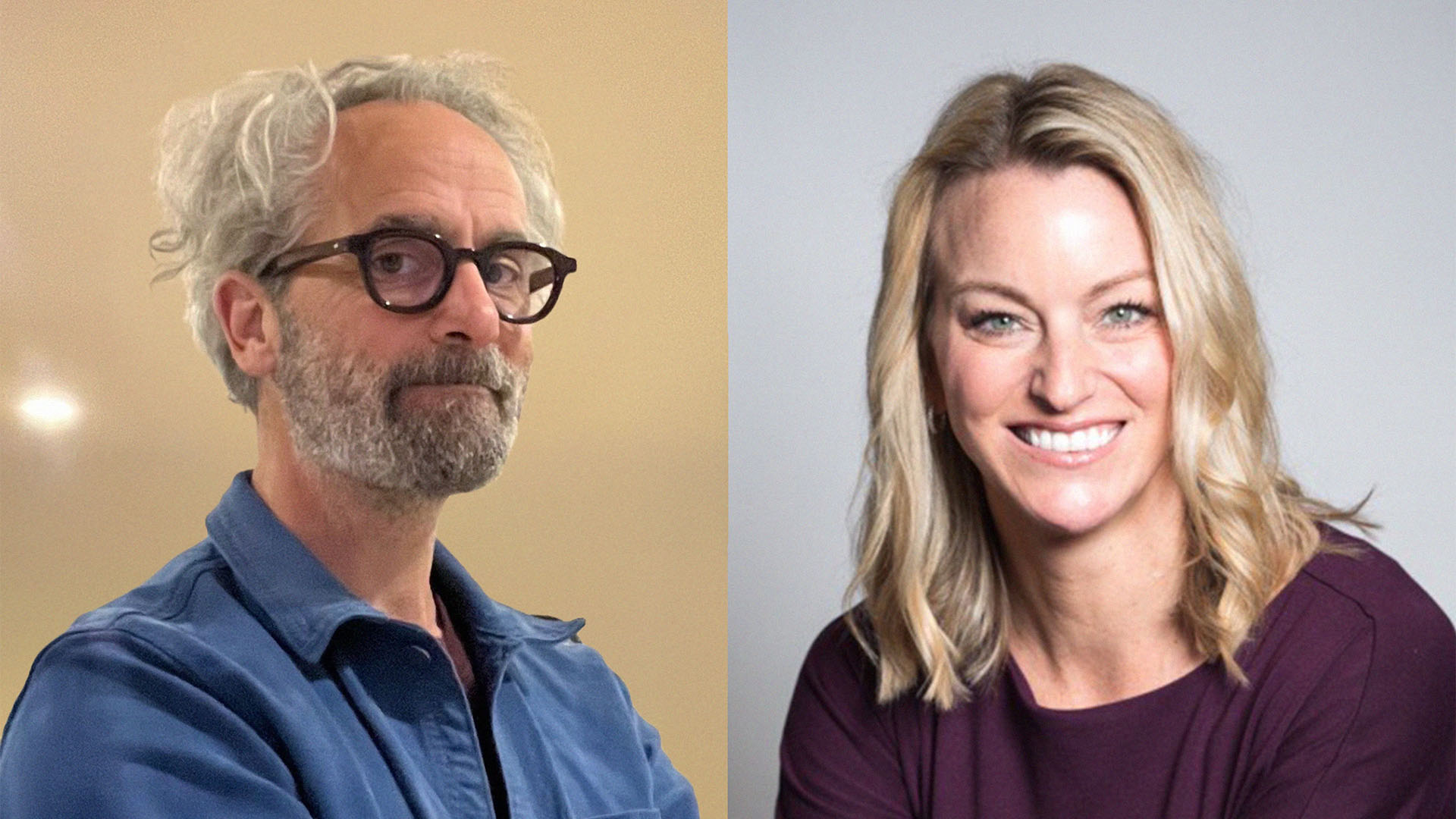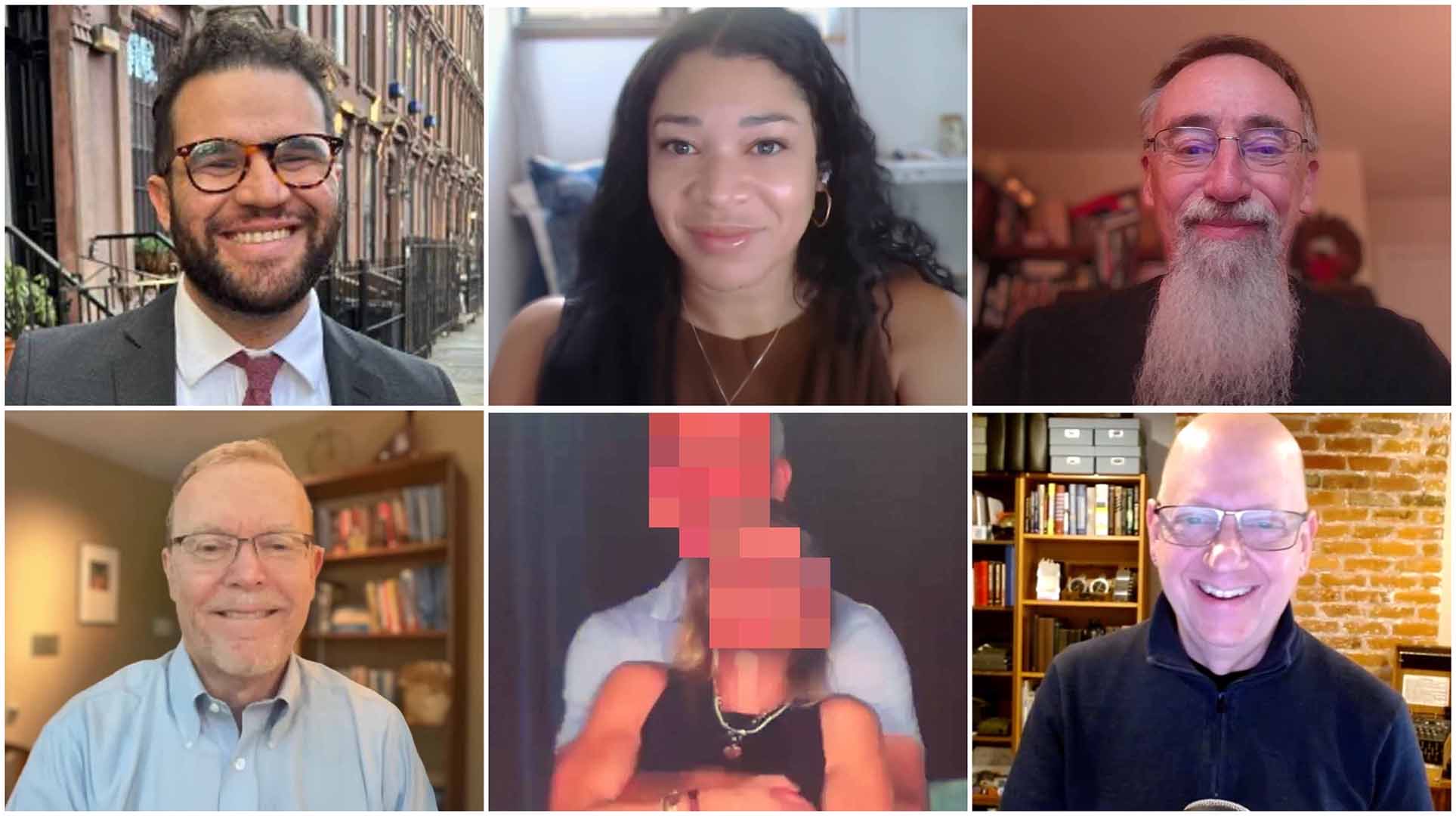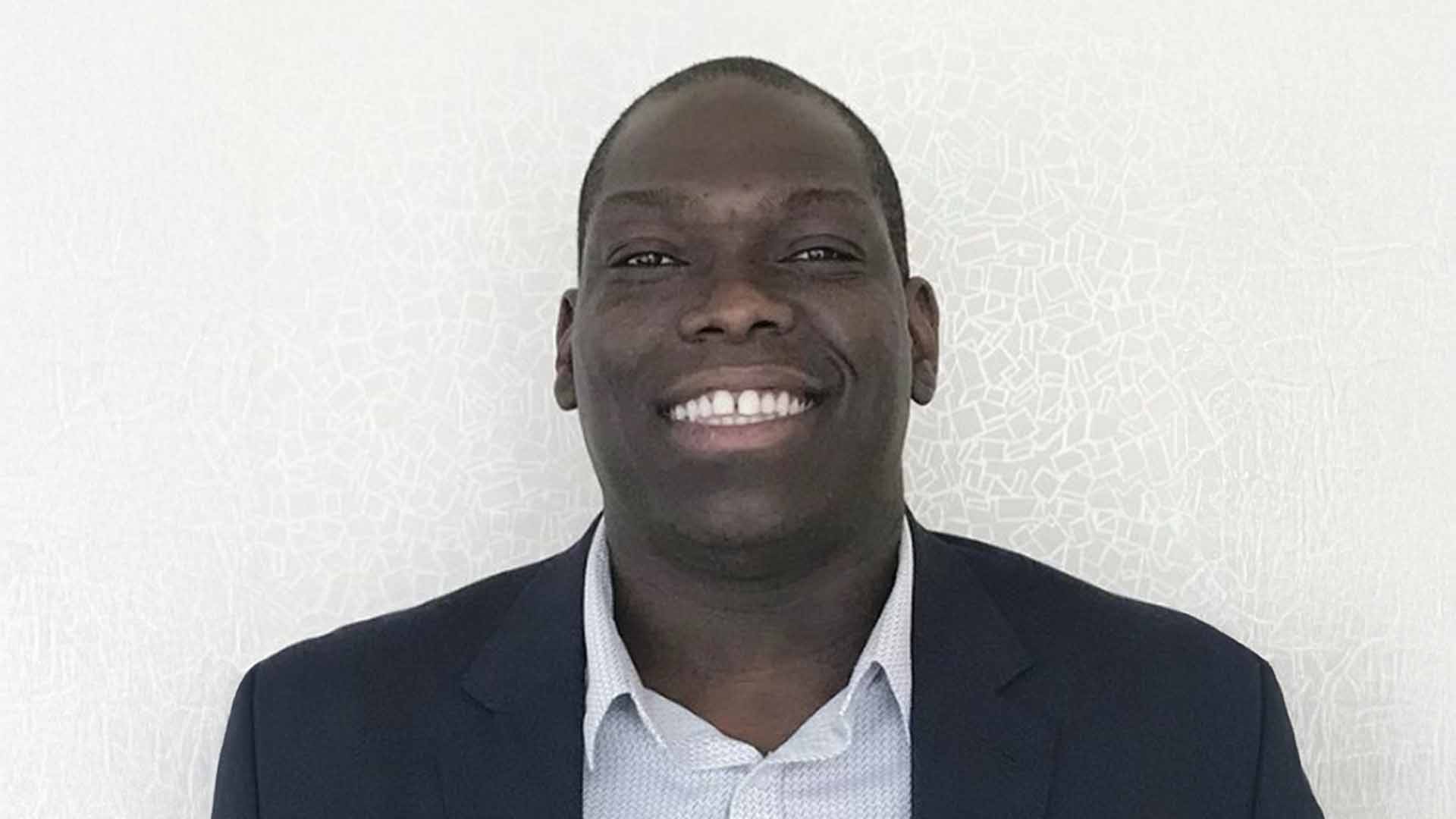Your Phone Isn’t a Crime Scene—Yet: The Forensics of a Digital Life
Beau Friedlander
Reading time: 4 minutes

It’s Cybersecurity Awareness Month, and we hear the same advice every year: update your passwords, get a password manager, use two-factor authentication. But the most pervasive threat isn’t SIM-swapping or a brute-force attack; it’s the fact that our phones are haunted by all kinds of trackers and, worse, the agenda of a digital world that runs on your data.
Documenting our every move and action, our service providers have a front row seat to our daily lives. To have any measure of privacy online, there is a lot we can learn from the mistakes criminals make.
My conversation on “What the Hack?” with Heather Barnhart, the Digital Forensics and Incident Response Curriculum Lead at the SANS Institute, was a stark reminder of this. While Heather’s expertise extends to actual crime scenes—from analyzing Osama Bin Laden’s digital media to establishing the digital part of the case against University of Idaho quadruple murderer Bryan Kohberger cobbled together from his phone—Barnhart’s fundamental lesson is applicable to all of us: Private life with a smartphone is an illusion.
The Digital Witness: Not Just for Criminals
Let’s be clear: your phone isn’t a crime scene unless you’re a criminal. But it is a data goldmine for anyone willing to pay to target you because your smartphone records your “pattern of life.”
Pattern of life data is how the digital giants double dip on your status as customer, how advertisers retarget you across platforms, and, potentially, how social engineers trick you after identifying you online through public-facing people search sites, dark web repositories of breached data and ready-to-exploit data sets.
Consider the Bryan Kohberger case. His mistake wasn’t some complex encryption failure; it was a deviation from his normal pattern, which was typical for a homicidal sociopath (i.e., super predictable). The giveaway in his case: turning off his phone for four hours while the battery fully charged. The absence of data at a critical time became the most damning evidence.
For the non-criminal, this principle still holds: predictability is a vulnerability. The more your phone’s data confirms a routine, the easier you are to target with marketing or a scam, not to mention the approaches it makes possible for stalking and-or social engineering.
Barnhart’s own experience with a stalker—an early-career harassment that she couldn’t trace because of a burner app—shifted her focus. That experience opened her eyes to the fact that we’re all potential targets.
The Generational Divide and the Vulnerability of Politeness
If digital resilience is a behavioral shift, then the easiest and most powerful change is to recognize where our personal habits fail us.
The primary defense against social engineering is the willingness to say No.
For Parents: The rule is absolute: “Nothing good ever happens after dark” with a child and a device. This rule defeats the primary conditions for sextortion and other online pressures—isolation and late-night vulnerability.
For Older Adults: Disproportionately targeted by AI deep-fake and financial scams, older people may be more culturally conditioned to be polite and deferential. Saying “no” to a stranger, especially one impersonating a representative of a big company like, say, Microsoft, feels rude. But in the digital world, politeness is a vulnerability.
Three Low-Effort Steps to Starve the Witness
The key is to minimize the data trail without becoming a hermit. Heather Barnhart says we need low-effort, high-impact actions to starve the digital witness we all carry around with us in our pockets. Here are three essentials:
- Log In and Purge: Regularly check your Google Account (or Apple) and delete all old, unused devices that still have access. Every device is an open door to your data.
- MFA is a Must: Turn on Multi-Factor Authentication (MFA) for every sensitive account. It is the single greatest return on investment for your time.
- Establish a safe word: Create an AI Deep-Fake safe word with your family. If they call in distress and can’t provide the code, it’s a criminal. This simple hack immediately defeats the most sophisticated voice-cloning threats.
Finally, for your own digital hygiene, embrace a simple act of rebellion: Turn your phone off. Periodically going dark breaks your predictable pattern of life, making you less valuable to data brokers and harder to trace for criminals. You don’t need a forensics expert. You just need to stop doing everything Big Data expect you to do, and maybe float a decoy from time to time.
Our privacy advisors:
- Continuously find and remove your sensitive data online
- Stop companies from selling your data – all year long
- Have removed 35M+ records
of personal data from the web
Save 10% on any individual and
family privacy plan
with code: BLOG10
news?
Don’t have the time?
DeleteMe is our premium privacy service that removes you from more than 750 data brokers like Whitepages, Spokeo, BeenVerified, plus many more.
Save 10% on DeleteMe when you use the code BLOG10.
















